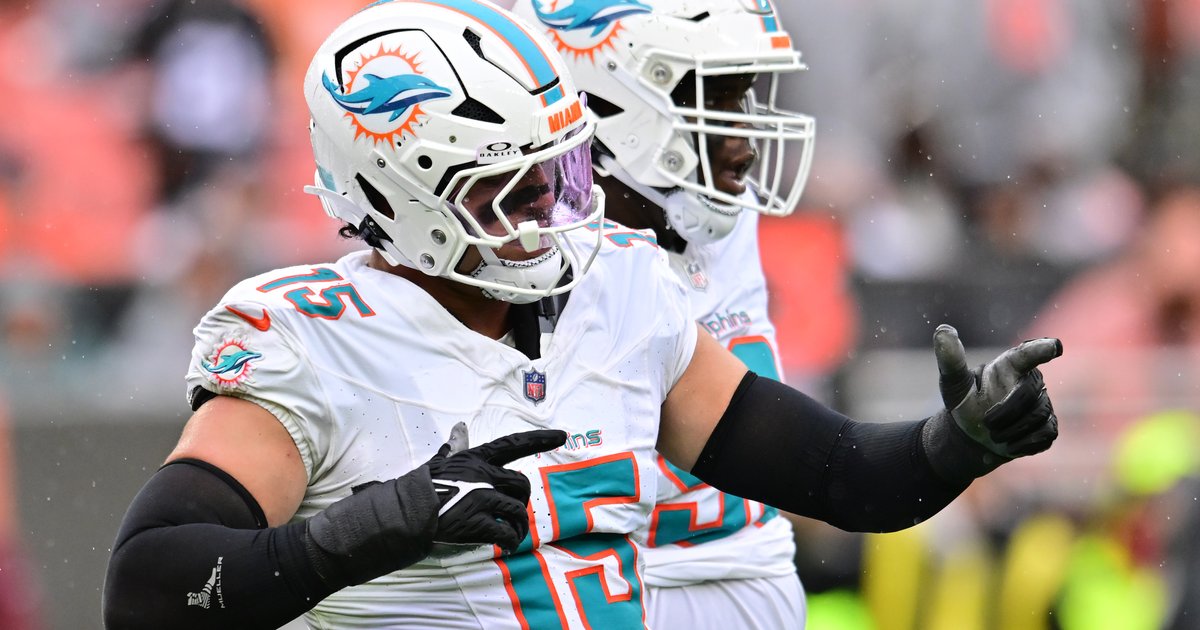Copyright fool

Medical care is expensive in the United States. Many people incur costs that aren't covered by their health plan or have high deductibles they have to meet before their insurance begins paying for care. The good news is there are some options to help you cover the cost of the healthcare services you need. A healthcare Flexible Spending Account (FSA) is one of those options, and it can be a great one. However, there's also a catch you need to know about: the use-it-or-lose-it rule. What is the use-it-or-lose-it rule for FSAs? If your employer offers a Flexible Spending Account, you can contribute to the account with pre-tax funds. Contributions are taken right out of your paycheck, just like 401(k) contributions. This provides significant savings, especially if you are in a higher tax bracket. Unfortunately, you have to decide at the start of the year how much you are going to contribute to the FSA, and you have to spend the money in the account in the year that you contribute to it. This is called the use-it-or-lose-it rule, and it's one of the key differences between FSAs and HSAs. These rules can make life difficult because it's hard to predict exactly how much money you may need to spend on care during the year. Unlike an HSA, you cannot roll over your leftover funds for use in future years. You also can't invest FSA money like you can with HSA contributions. If you underestimate the amount you'll need to put into your FSA, you miss out on a valuable opportunity to pay for care with pre-tax funds. If you overestimate the amount, you could find yourself with money taken from your paycheck that you don't need to spend. What happens if you don't spend your FSA money? If you don't spend the money, your employer might allow you to carry over a small balance. In 2025, you may be allowed to carry over up to $660. You'd be allowed to use that money in the following plan year, and the carryover would not affect contributions for the subsequent year. Some employers instead allow for a grace period, which gives you a little bit of extra time -- usually around 2.5 months after the end of the plan year -- to use your contributions. This would allow you slightly more flexibility. However, employers are not required to offer these FSA options. Even if they do, if you have a large balance left over, neither may be sufficient to avoid wasting money you put into your FSA. What should you do if you have money you are at risk of losing? So, what happens if you don't use all your FSA money and your deadline is fast approaching? Do you just have to accept the fact you'll lose your hard-earned funds? The good news is you can still find useful things to spend your FSA money on before the year's end. Maybe you've been putting off that dental cleaning, for example, or you've been meaning to schedule an annual preventative exam or cancer screening or need a new pair of eyeglasses. The money can be also be used for prescription drugs, so if you have medicines you take regularly, see if your doctor can write you a script for a three-month supply that you could spend the money on before the year ends. There are also other qualifying healthcare expenses you can spend FSA funds on without visiting a doctor. Examples include: First-aid gear sold over the counter, like bandages Blood pressure monitors Menstrual care products Eligible non-prescription medications You can check the FSA Feds website to see what qualifies for FSA spending to find some items that will be useful to you. Then, buy those items to exhaust your account balance before the end of the year. That way, nothing will go to waste, and you'll benefit from the full value of the account. Just be sure to act before your plan year ends.



